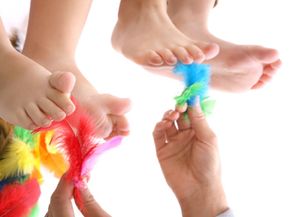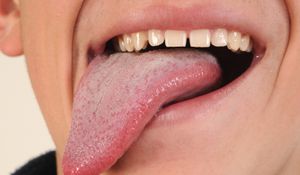Touch is an extremely powerful thing. The reassuring caresses, squeezes and hugs exchanged between lovers and friends generate powerful physical and emotional responses. Euphoria, relaxation, conviviality, lust -- they all come from something as simple as one person's hand holding another's. A gentle kiss can create physical arousal. Under other circumstances, however, a touch can be menacing and threatening. An unwanted touch from a stranger can lead to feelings of exploitation and anger in the person who's been touched inappropriately.
Humans clearly respond to touch, both physically and emotionally. Some areas on our bodies are more sensitive than others, however. Consider being touched by another person's finger lightly on the top of your thigh, a few inches above the knee. Not much of a reaction, is there? But imagine that same finger making its way slowly toward your ribcage, just above where it meets your underarm. Perhaps you've just drawn your arms closer to your sides to protect this sensitive area from being tickled by the hypothetical finger. Do you have a smile on your face? Are you giggling?
Advertisement
If so, don't be too surprised. Tickling and laughter (or a smile at the thought of tickling, perhaps) fit together like a hand in a glove. When we're tickled in the right circumstances and in certain areas, we can't help but to laugh. No, really -- laughter is an involuntary response to tickling [source: Provine].
It's easy to take the connection between laughter and tickling for granted, but the truth is that this response to tickling is an odd one. This raises a question: What's the basis of the ticklish laughter response? First, we'll take a look at the physiology of tickling.

















